Green manufacturing: the new gold standard
The green manufacturing industry is rapidly growing and estimated to hold a market value of over $4 billion by 2030. More and more manufacturers across the globe are adopting initiatives to “go green”. However, this raises the question: what exactly is green manufacturing? And how should companies approach sustainability to ensure a smooth transition?
This blog will answer these questions and offer insights into green manufacturing, examining both the benefits and drawbacks and taking a look at manufacturers who are leading the way in this field.
What is green manufacturing?
Green manufacturing refers to environmentally responsible production processes that reduce negative environmental impacts, conserve energy and natural resources, and are economically sustainable. It involves the redesign of products and processes to minimize pollution, resource usage, and waste.
Green manufacturing extends beyond simply “going green”, and instead brings together both environmental and social considerations for a more holistic approach to sustainability.
Why green manufacturing matters
The industrial sector accounted for 30% of all greenhouse gas emissions in the U.S. in 2022, and industrial and manufacturing business use 12% of the U.S. public water supply. With such large amounts of energy and resources being allocated to manufacturing, it’s essential that processes are made more sustainable to preserve the ecosystem and minimize climate change.
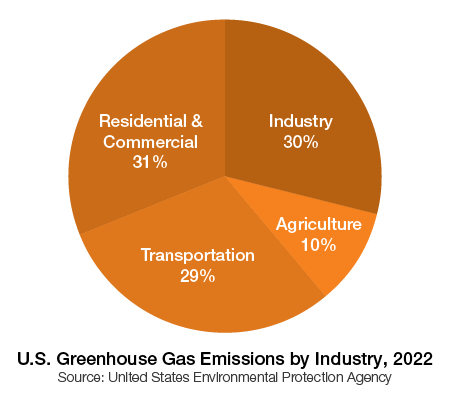
Consumers are also increasingly demanding eco-friendly products, and government bodies are introducing regulations around sustainable manufacturing practices. These factors not only make green manufacturing an ethical decision, but also a business necessity for long-term success and competitiveness.
Ways companies can adopt green manufacturing
Energy efficiency measures
Adopting more energy efficient lighting like LEDs — which use 90% less energy and last 25 times longer than traditional incandescent lights — along with smart HVAC systems will reduce energy consumption significantly. Incorporating IoT technology and AI analytics can also assist in optimizing energy use in real time.
Investing in renewable energy, either directly through solar panels or wind turbines, or indirectly by purchasing renewable energy credits to offset carbon footprint, is another effective way to improve energy efficiency.
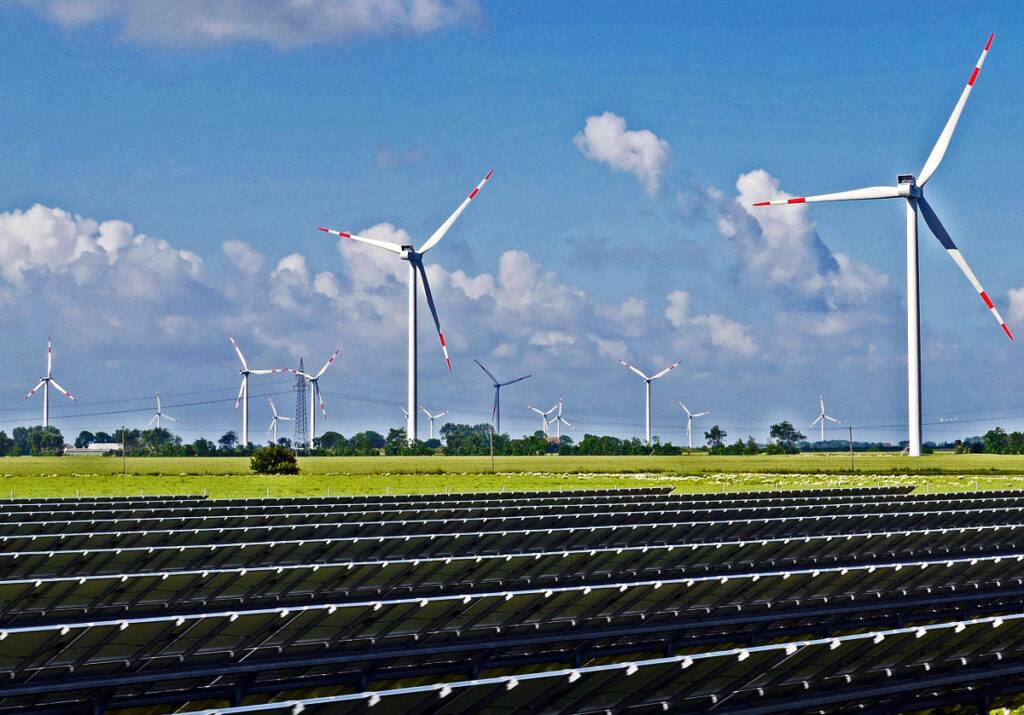
Lean manufacturing principles
Lean manufacturing remains one of the best ways to eliminate waste in production processes. Lean tools like value stream mapping and Six Sigma will minimize waste and non-value-add tasks in order to prioritize long-term improvements and productivity gains.
Just-in-time production can also be used to eliminate waste. This method of production focuses only on producing exactly what is needed when it’s needed, reducing excess inventory and material waste generated by surplus production.
Sustainable supply chain practices
Choosing suppliers that provide eco-friendly materials and adhere to ethical labor practices will reinforce green manufacturing across the industry and create a feedback loop that supports the practice.
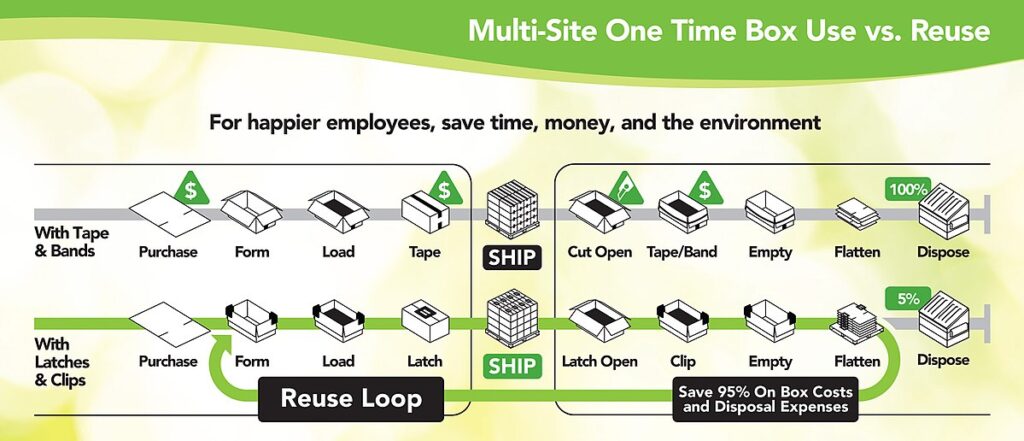
A closed-loop supply chain can be established to support the recycling and reuse of raw material waste and end-of-life products to not only minimize waste, but minimize the amount of new materials that enter the supply chain in the first place.
Adoption of green technologies
Using low-emission, sustainable sourced technologies and non-toxic, biodegradable materials are some of the most effective ways of adopting green manufacturing. These materials will minimize the environmental impact of production processes, regardless of other changes to the process or supply chain.
Automation can also aid in green manufacturing efforts by increasing production efficiency and reducing human error. This helps eliminate waste and minimize the impact of changes to production processes.
Benefits of green manufacturing
Environmental benefits
The environmental benefits of adopting green manufacturing practices are the most obvious, as well as the most impactful. Among these are reduced greenhouse gas emissions, minimized waste, decreased water usage, and pollution prevention.
- Reduced greenhouse gas emissions: By shifting to renewable energy sources such as solar, wind, geothermal, and ocean energy, manufacturing plants can significantly reduce greenhouse gas emissions and minimize their carbon footprint.
- Minimized waste: Practices like lean manufacturing, recycling, and reusing materials can reduce the amount of waste sent to landfills and improve resource utilization.
- Decreased water usage: Implementing technologies such as closed-loop water systems and wastewater treatment systems can help manufacturers conserve water resources and minimize water consumption.
- Pollution prevention: By minimizing or eliminating the use of toxic materials such as PFAS and adopting waste management systems, manufacturers can minimize air, water, and soil pollution.
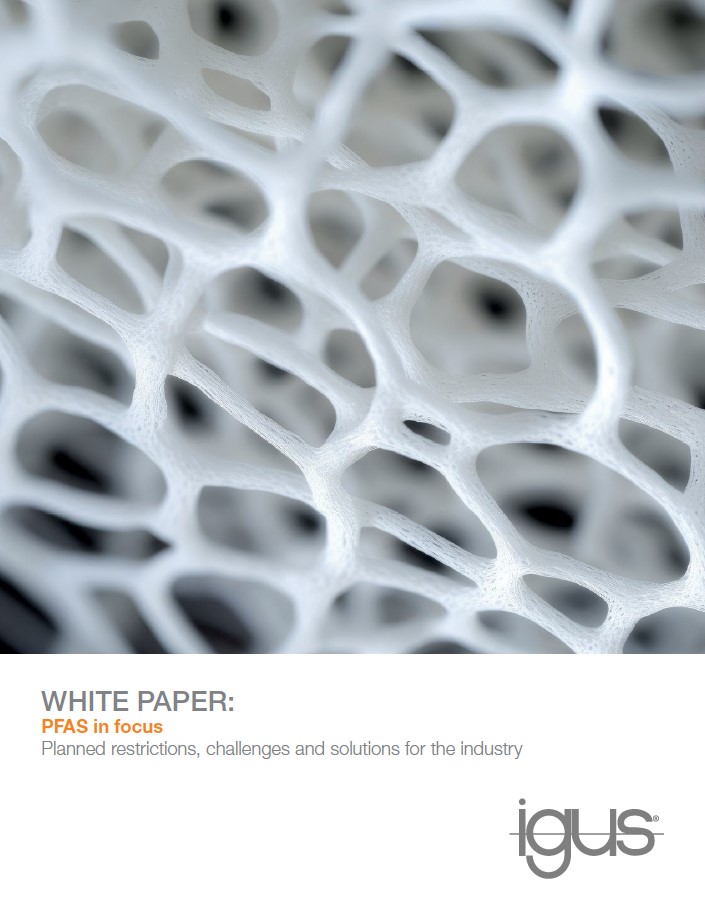
Economic benefits
- Cost savings: Investing in energy-efficient machinery, renewable energy sources, and waste reduction techniques can lead to significant savings in operational costs. Renewable energy source costs typically range from $20–$85/MWh, while coal is $102/MWh on average.
- Access to new markets: Many consumers are becoming more eco-conscious, and will prefer products made with sustainable practices. Green manufacturing can therefore open doors to new markets and partnerships.
- Incentives and grants: Many government bodies provide financial incentives, tax credits, and grants for companies that adopt green technologies and practices. The U.S. Inflation Reduction Act passed in July 2024 provided $160 million in grants to various companies adopting more sustainable production practices, highlighting this area of opportunity.
Social benefits
- Improved public perception: Companies known for their environmental stewardship tend to build stronger relationships with their customers, employees, and communities.
- Healthier work environment: Reducing the use of hazardous materials and improving waste management can lead to a safer and healthier workplace, and improve employee morale and productivity.
- Community engagement: Companies engaging in sustainable practices are often seen as positive contributors to their local communities, enhancing their overall social license to operate.
Challenges of green manufacturing
Green manufacturing, while a largely positive endeavor for companies to undertake, isn’t without its challenges. Before making the shift to green manufacturing, companies should ensure they’ve considered the following challenges thoroughly and have plans in place to overcome them.
High initial costs
Transitioning to green manufacturing will likely require a significant upfront investment. New technologies, infrastructure, and training will be required, and the cost of this can prove prohibitive to small and medium-sized businesses.
This is compounded with ROI on green manufacturing being slow to materialize, as most of the cost savings are achieved in the long-term.
Complex implementation
Any new processes being adopted or products being redesigned will require implementation into existing processes and protocols. This can be a complex process that disrupts existing workflows and production schedules.
To handle this change effectively, personnel with specialized knowledge and technical expertise will be needed, which can prove difficult and expensive.

Regulations and compliance
Navigating environmental regulations and obtaining certifications like ISO 14001 can be complex and time consuming. Different regions have varying standards, making compliance for multinational companies particularly challenging.
Operational constraints
During the transition to green manufacturing, production output and efficiency will likely decrease temporarily, impacting revenue and delivery timelines. Companies may also face challenges in sourcing sustainable raw materials at competitive prices, further impacting revenue and profits.
Case studies and examples
Unilever Sustainable Living Plan (USLP)
Global consumer goods producer Unilever set into place the Unilever Sustainable Living Plan (ULSP) in 2010, with the goal of minimizing the company’s carbon footprint and improving the health and wellbeing of its customers.

After 10 years, the program proved to be a resounding success. Over 1 billion lives were impacted, seeing improved access to sanitation, improved oral health, and reduced diarrhoeal and respiratory disease.
In this timeframe, Unilever was also able to reduce its total waste per ton of production by 96%, source all of its grid electricity renewably, and reduce water abstraction per ton of production by 49%.
Interface’s Mission Zero
Multi-billion dollar carpet manufacturer Interface set a goal way back in 1994: to achieve zero negative impact on the planet by 2020. This goal was called Mission Zero, and led to revolutionary changes in Interface’s production process and outlook on sustainability.
In the decades since the beginning of Mission Zero, Interface has:
- Reached 99% renewably sourced energy in the U.S. and Europe
- Reduced greenhouse emissions by 96%
- Reduced carbon footprint by 69%
- Reduced water usage by 89%
- Reduced landfill waste by 92%
- Reduced total energy usage by 46%
The initiative was a resounding success, and now Interface has expanded the scope of its ambitions, hoping to help other companies learn by example and improve their own impact on the environment.
igus sustainability initiatives
igus, as a manufacturer of plastic components, has always been concerned with and involved in the topics of sustainability and green manufacturing. While the high-performance plastics igus produces are better for the environment than standard metal alternatives, there’s much more that can be done.
To this end, igus has partnered with the National Forest Foundation with a long-term goal of planting 100,000 trees to help restore the National Forests and Grasslands across the United States.
igus also has a robust recycling program, with 99% of all plastic waste being recycled and reintegrated into the production process. Customers can even send in worn out cable carriers to be recycled in exchange for a voucher. New products made from 100% recycled plastic have also been launched recently to further expand the company’s recycling efforts.

As of April 2022, igus achieved 95% climate neutrality according to scope 1 and scope 2 carbon emissions, with a goal of achieving complete carbon neutrality by 2025.
The future of green manufacturing
In many ways, green manufacturing is still in its infancy. New technologies, trends, and policies will bring green manufacturing to the forefront of the entire manufacturing industry, and make it easier to adopt and more effective than ever.
Technological advancements
Carbon capture, utilization and storage (CCUS): CCUS is the process of capturing CO2 emissions from major sources, and either storing it or reusing it in ways that will prevent it from entering the atmosphere.
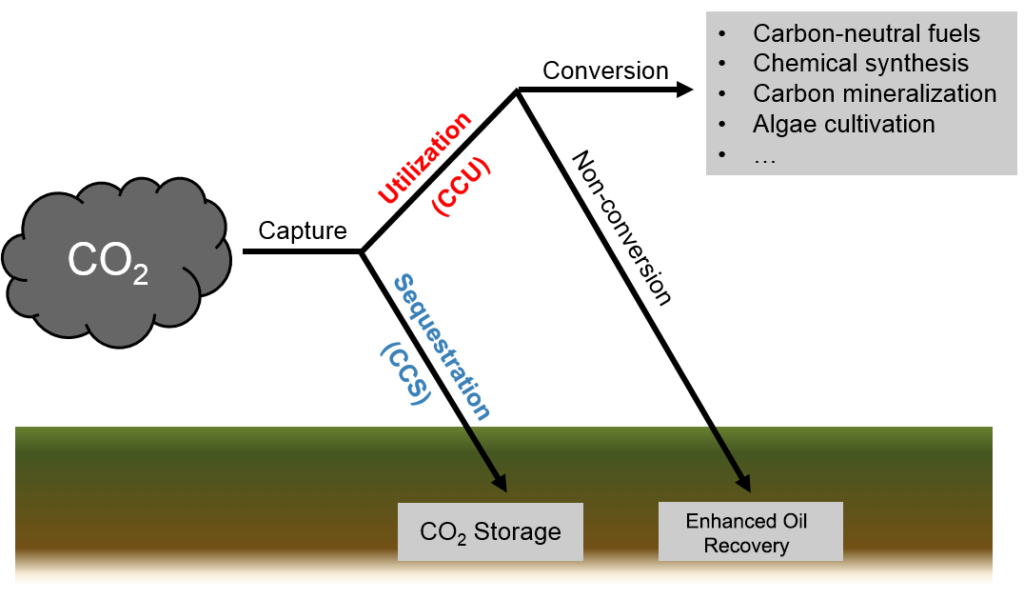
At the moment, storage is the most effective means of dealing with CO2 given the limited market size of CCUS, but further research and development can lead to more effective methods of reuse being created.
Bio-based and biodegradable materials: Biodegradable materials can largely eliminate long-lasting waste generated by manufacturers. Some companies have already begun developing and using these materials, and widespread adoption isn’t far off.
Emerging market trends
The manufacturing market is shifting towards a circular economy where products are designed to last longer and get recycled at the end of their lifespan. This will reduce the demand for “virgin” resources and minimize waste.
Policy changes
There are frequent discussions across the globe about next steps for environmentally friendly policy changes. Carbon taxes, emissions trading systems, and international climate agreements like the Paris Agreement will all play a major role in shaping the future of green manufacturing.
Conclusion
Green manufacturing is rapidly becoming the new standard in the industrial world. With its numerous environmental, economic, and social benefits, companies are increasingly adopting sustainable practices not only to comply with regulations but also to respond to growing consumer demands for eco-friendly products.
While the transition can be challenging due to high initial costs and complex implementation processes, the long-term advantages make it a valuable investment. As more organizations like Unilever, Interface, and igus demonstrate the success of green initiatives, it is clear that sustainable manufacturing is not just a trend but a fundamental shift in how the industry operates.
The future of manufacturing lies in innovation, collaboration, and a commitment to sustainability — paving the way for a healthier planet and a more resilient industry.



